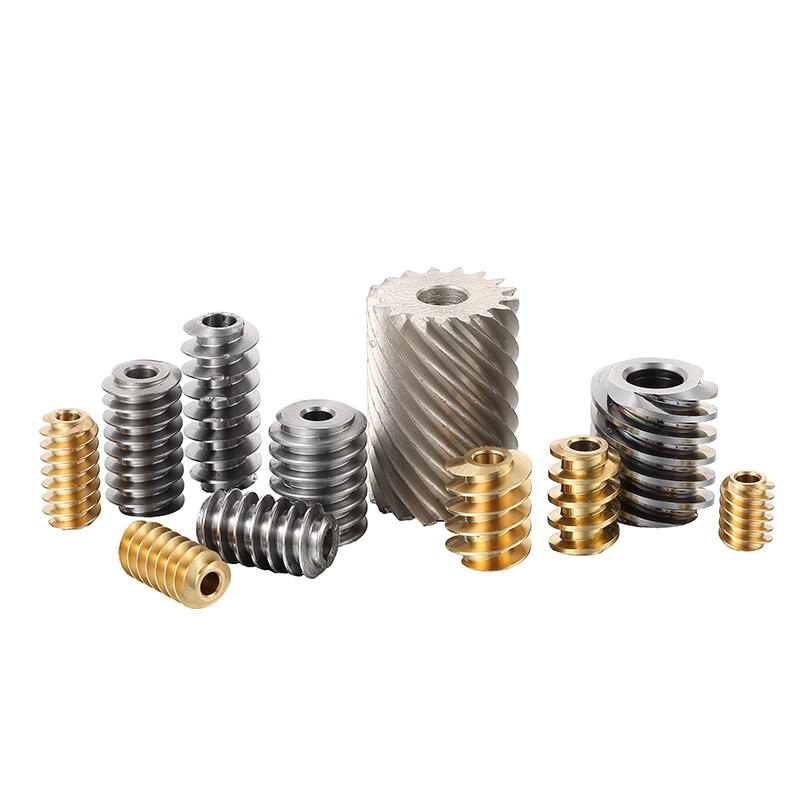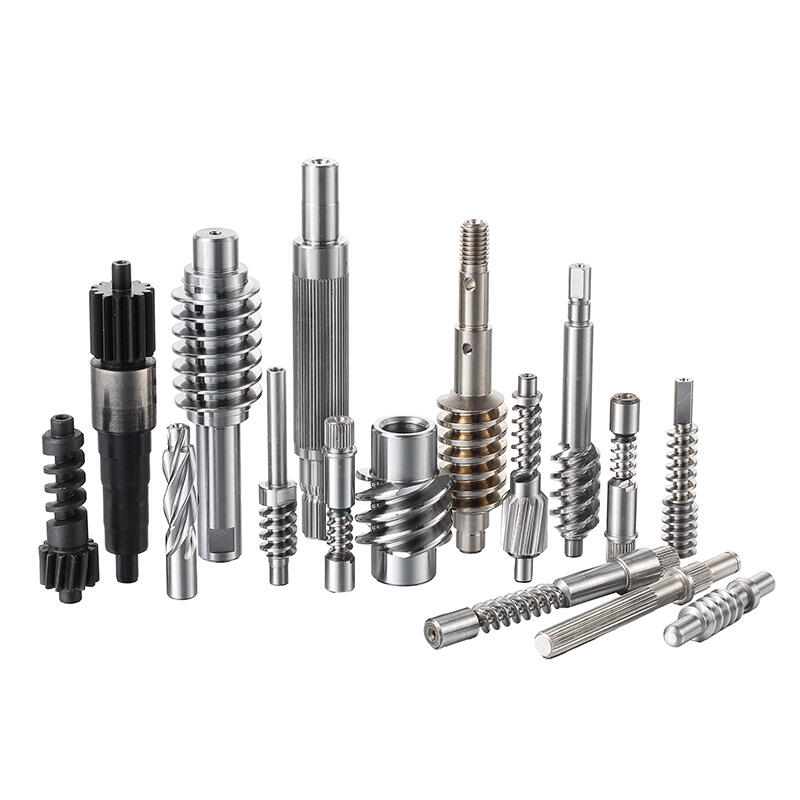shaft of electric motor
The shaft of an electric motor serves as a critical mechanical component that transfers rotational power from the motor's electromagnetic system to the driven equipment. This essential element is precision engineered from high-strength materials, typically steel or alloy variants, to ensure optimal performance and longevity. The shaft's primary function involves converting electromagnetic energy into mechanical motion, supporting the rotor assembly, and maintaining proper alignment during operation. Modern motor shafts incorporate advanced design features such as keyways, splines, or threaded sections that facilitate secure coupling with various driven components. The shaft must withstand significant mechanical stresses, including torsional loads, bending moments, and axial forces, while maintaining precise dimensional stability. In industrial applications, motor shafts often feature specialized surface treatments or coatings to enhance wear resistance and corrosion protection. The design considerations include factors such as critical speed calculations, material selection based on load requirements, and proper bearing support systems. These shafts are integral in various applications, from small precision instruments to large industrial machinery, where reliable power transmission is essential for operational efficiency.


